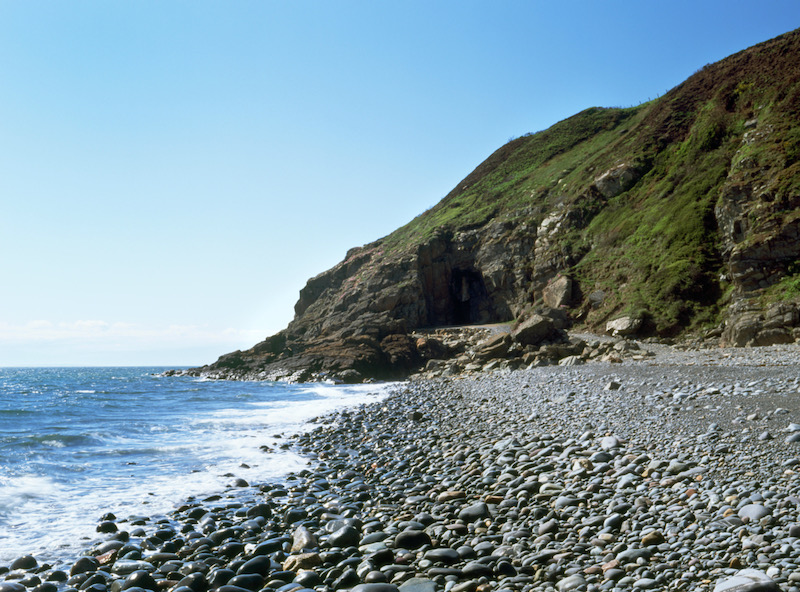Over the following weeks, we will feature four of the sites examined in the author’s new book, which tells the history of Christianity in Britain and Ireland through 20 buildings or spaces. The first is St Ninian’s Cave, near Whithorn in Galloway, in the south-west of Scotland
The small town of Whithorn was home to one of the earliest Christian communities in these isles. That much is fact. The gravestone that now stands in the local museum is of one Latinus – the first Christian in Scotland whose name is known – and marked with the Chi-Rho symbol. It dates back to around 450.
More readily associated with Whithorn, though, is the name of Ninian. Long-standing tradition has it that he arrived here by sea from Gaul in 397, and set about building a stone church, painting it white. The Candida Casa – or Shining House/Hut – gave Whithorn (“White Hut”) its name.



